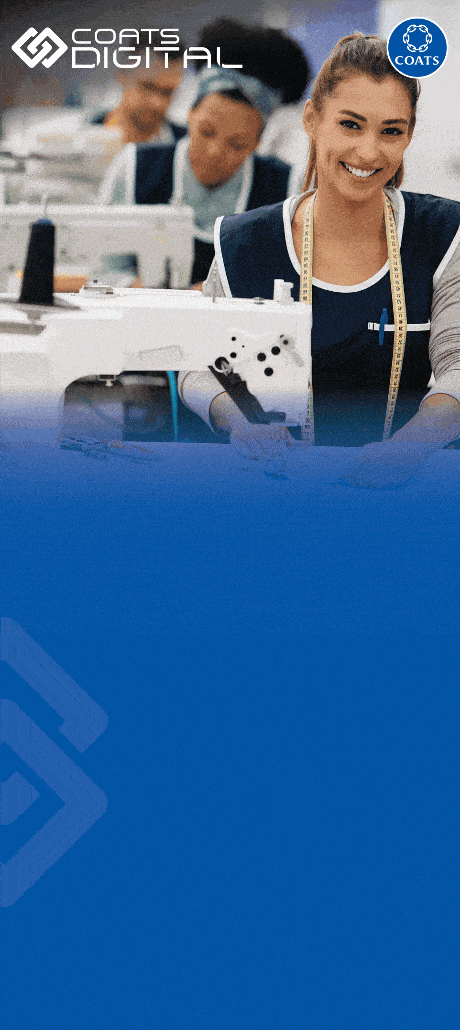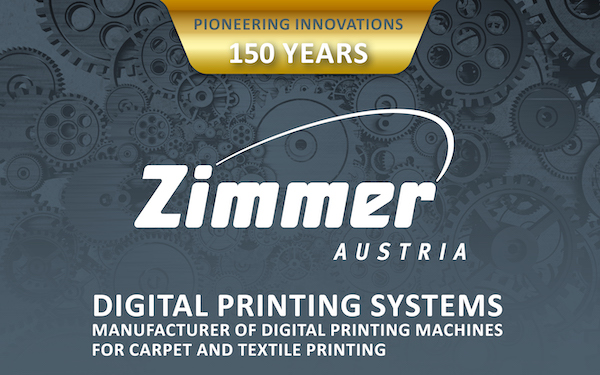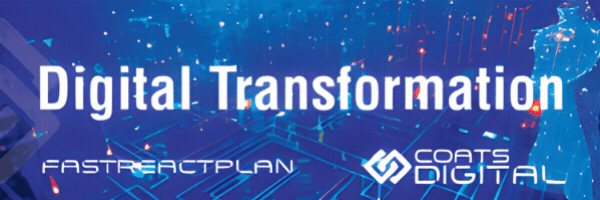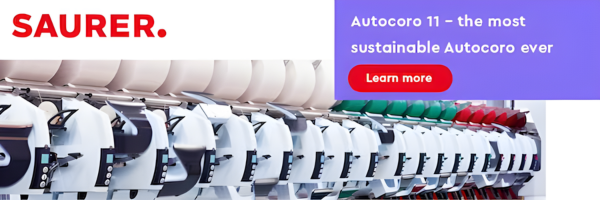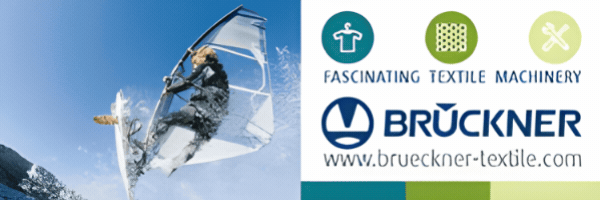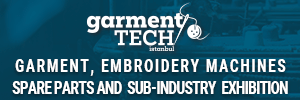Since the use of RFID in the Second World War to differentiate airplanes from different sides, there has been a great evolution in the use of this technology. So much that nowadays its use in retail is almost indispensable.
According to Accenture in its document “Transforming Modern Retail” 92% of retailers in North America are adopting RFID, * since they consider that it is a key element of competitiveness.
Walmart was the first large company to use RFID technology when the tags were priced at around $ 1. Currently the RFID tags have decreased considerably, both its size and its cost, since today it is very easy to find labels no larger than a coin and below 0.10 cents.
Inditex, El Corte Ingles and Decathlon are three clear examples of how RFID technology is changing processes within retail. Why do these companies use RFID tags?
Currently, large companies in the sector face the challenge of managing online commerce and reverse logistics. Customer satisfaction will depend on the availability and speed in which you can acquire a certain product. So the visibility of all products and monitoring through the supply chain becomes more important.
We are changing the way we consume products, forcing companies to control the stock and its location of their products with high precision.
The increase in E-commerce has forced many companies to know at all times where the products are along the supply chain in order to offer the best possible level of service. Reverse logistics has been overwhelmed by the consequent increase in returns.
RFID Technology
RFID technology allows a much more agile control of the whole process. This will not only improve the management of returns, but also make inventory management much more reliable. In addition, this inventory management will stop being a long and expensive process and will become an agile process with the use of many fewer resources.
By identifying the products with RFID tags we can interact with them much more easily, the technology allows us to count hundreds of units in seconds during the logistics and manufacturing processes, control the receptions and expeditions, movements between stores, inventories in logistics centers and stores, returns …
Source: www.dipolerfid.com


